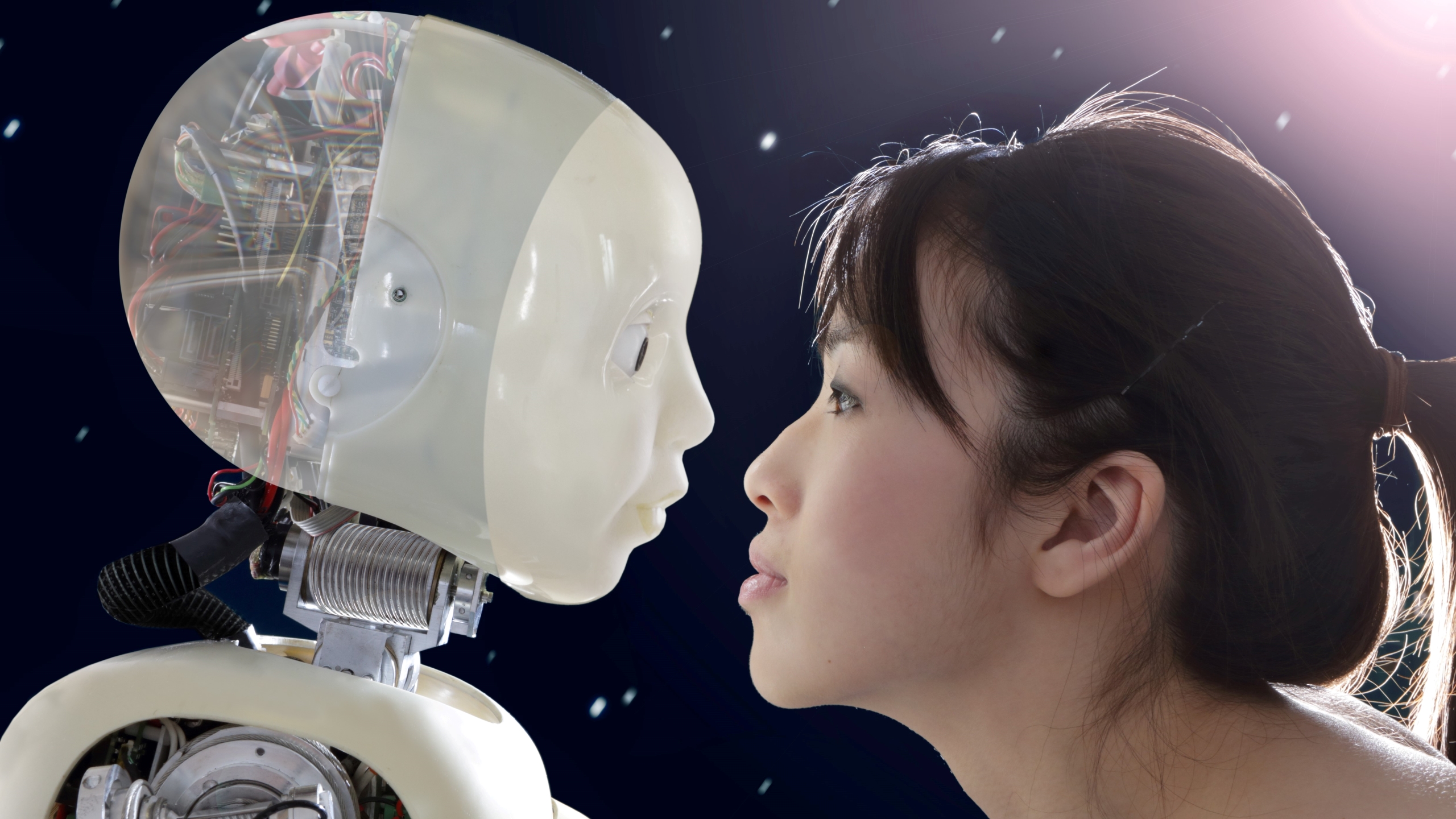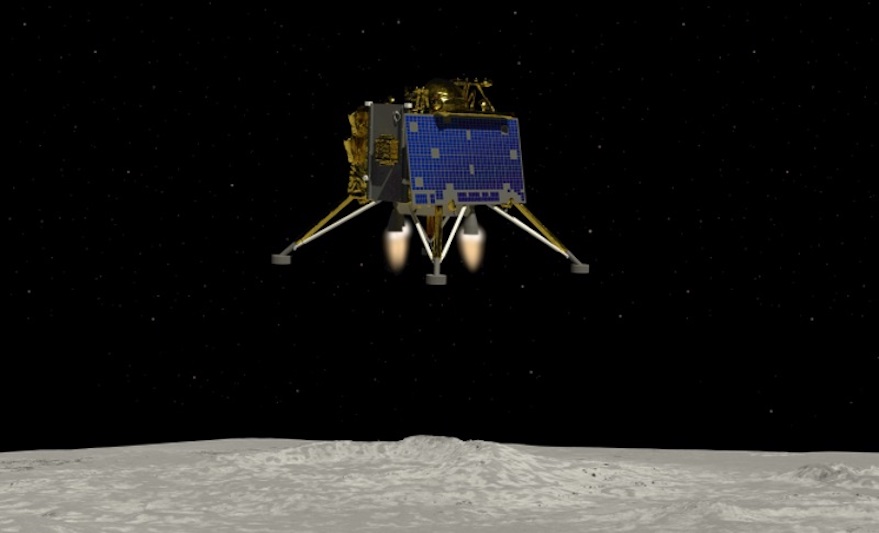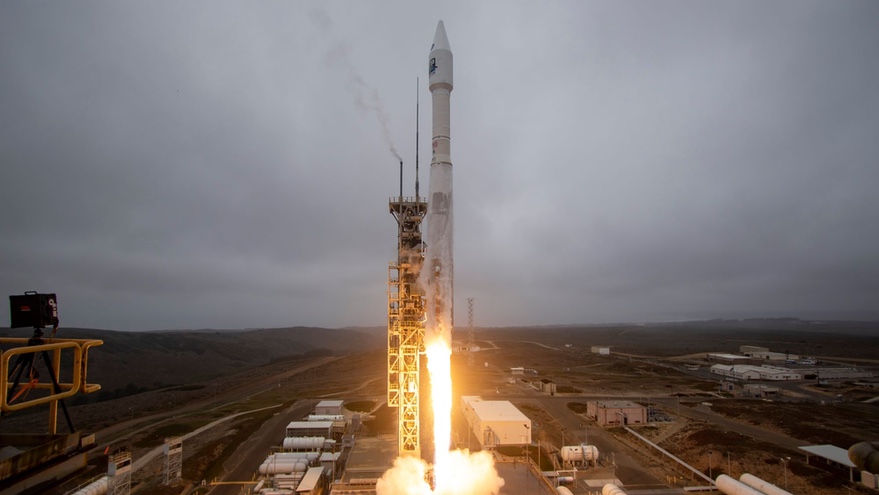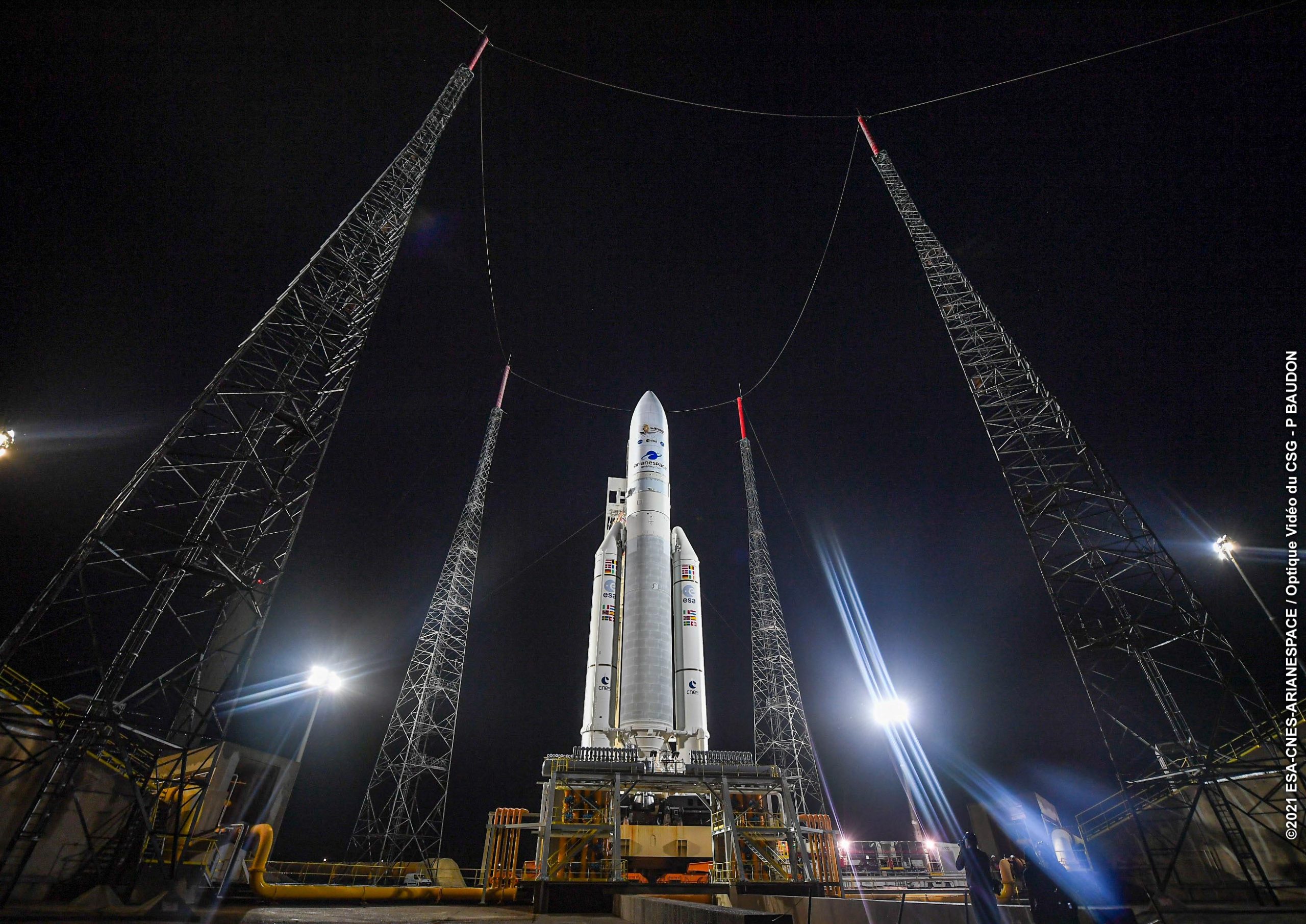Human health and well-being depend heavily on the quality of their sleep, which impacts numerous physiological and psychological functions. Traditional techniques of collecting sleep data are frequently limited by recall bias and subjective interpretation, which affect the quality and reliability of the data.
A new study, to be presented at the SLEEP 2024 annual meeting, offers a framework for an objective, noninvasive, and zero-effort sleep monitoring system utilizing smart thermostats equipped with motion sensors.
Based on differences in sleep length, disruptions, and efficiency, the results indicate that smart thermostats discovered three separate sleep quality clusters. The differences in sleep quality were highlighted by comparative analysis, which also showed how smart devices and NextGen IoT data sources may be used to discover sleep patterns and further sleep research without requiring intrusive surveillance.
Jasleen Kaur, who has a doctorate in computer science and engineering and is a postdoctoral researcher at the UbiLab, University of Waterloo in Ontario, Canada, said, “Even though these smart thermostats were not originally intended for health monitoring, their capability to accurately differentiate between complex sleep patterns and disturbances were the most surprising part of this study.”
Researchers examined data from 178,706 houses’ smart thermostats, totaling eight terabytes. To identify markers of sleep quality, machine learning models were trained on sensor activations to generate signals that mimicked various aspects of sleep.
The American Academy of Sleep Medicine Consumer suggests that sleep technology can improve patient-clinician interactions when used appropriately within the framework of a clinical examination. Yet, these instruments cannot replace medical examinations.
According to Kaur, the study highlights the potential for smart devices to collect meaningful, long-term behavioral health data in the home for near-real-time public health surveillance.
“Quality sleep is critical to people’s health and well-being,” said Kaur. “However, collecting reliable data is difficult as it often relies on recall bias and subjective interpretation; this offers potential for integrating environmental and behavioral health data to improve sleep health.”
Journal Reference:
- Jasleen Kaur, Arlene Oetomo, Vivek Chauhan, Plinio Morita, 0291 Evaluating Sleep Quality Metrics Using Zero-Effort Technology: Implications for Public Health Dynamics, Sleep, Volume 47, Issue Supplement_1, May 2024, Page A126, DOI: 10.1093/sleep/zsae067.0291
Note: This article have been indexed to our site. We do not claim legitimacy, ownership or copyright of any of the content above. To see the article at original source Click Here













